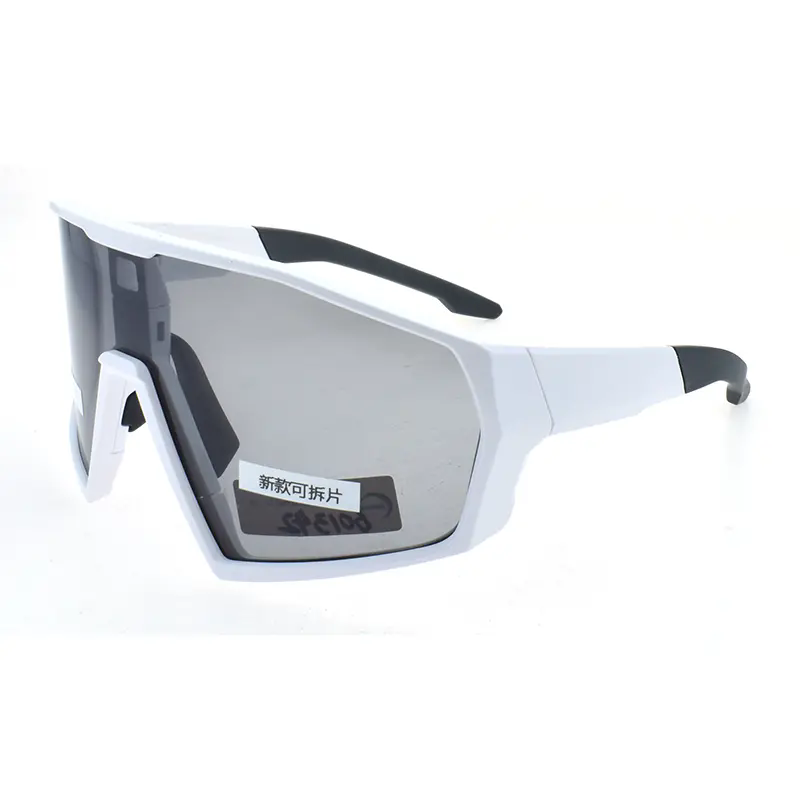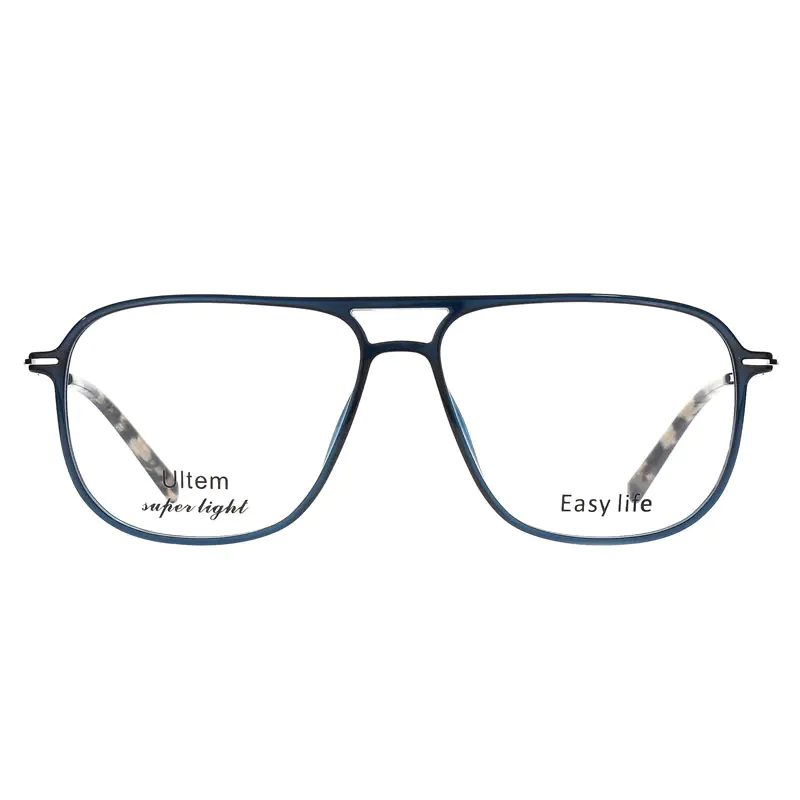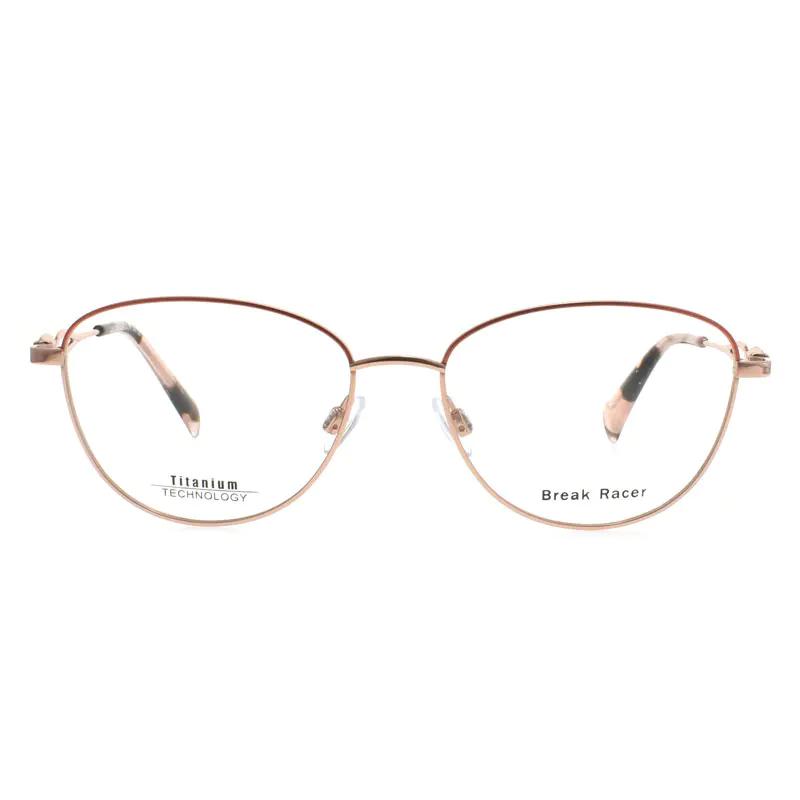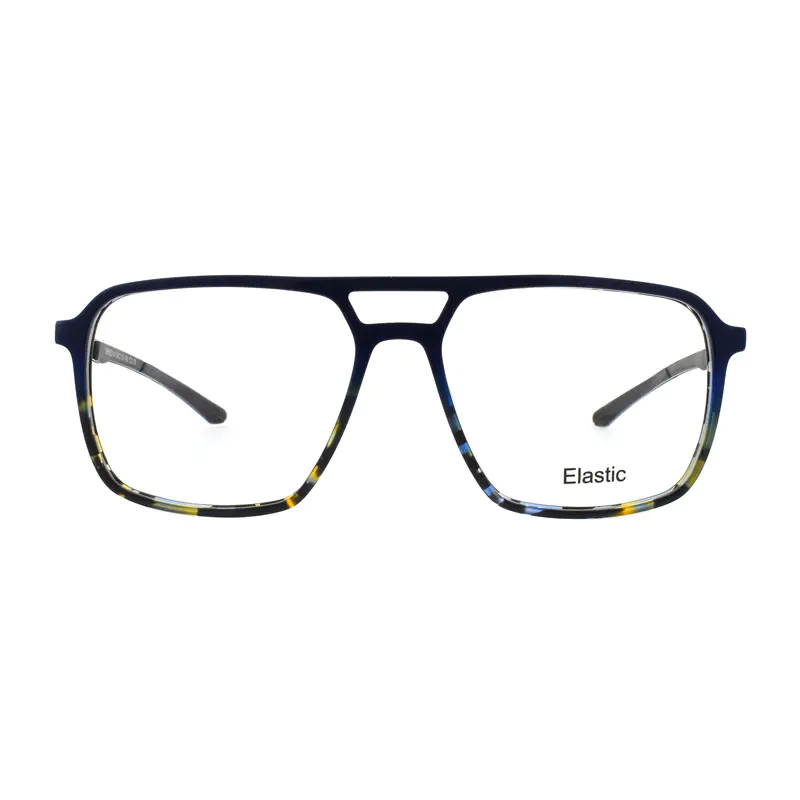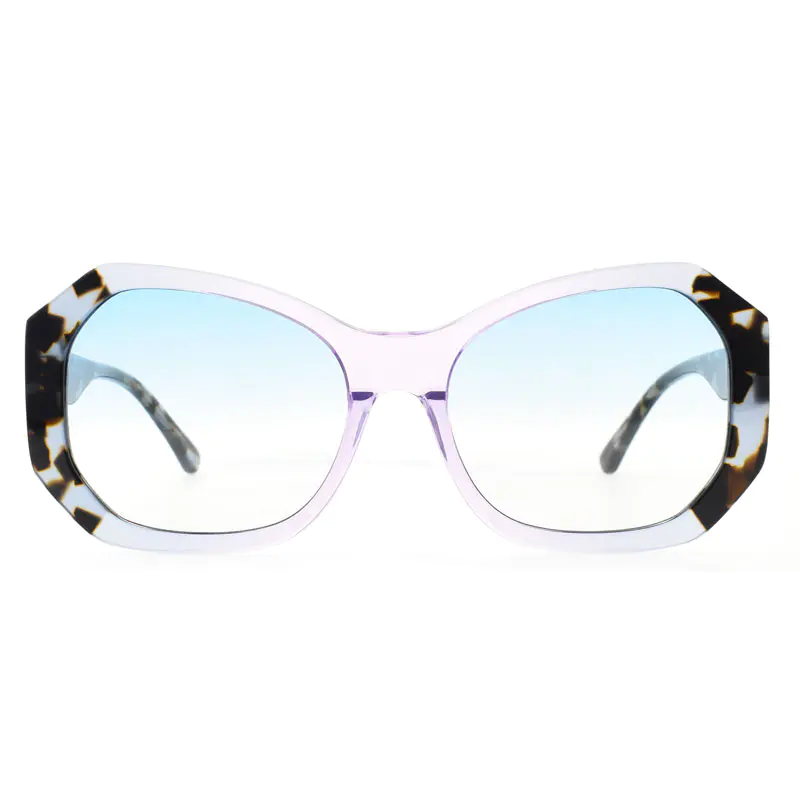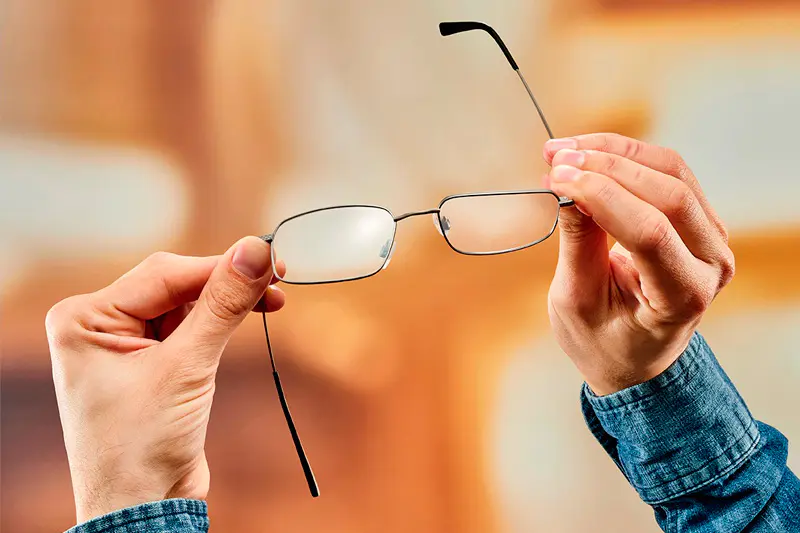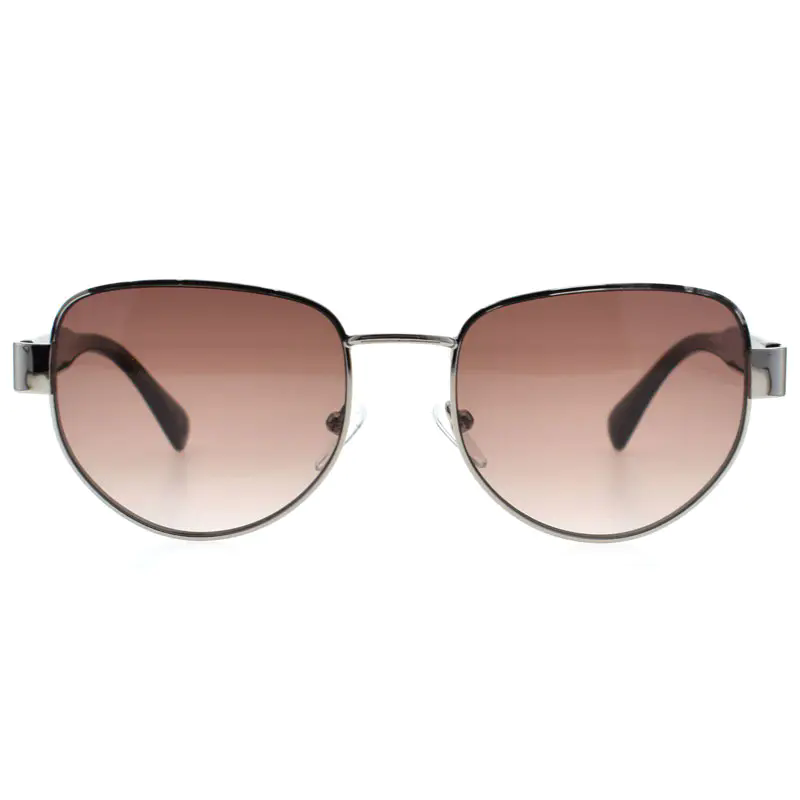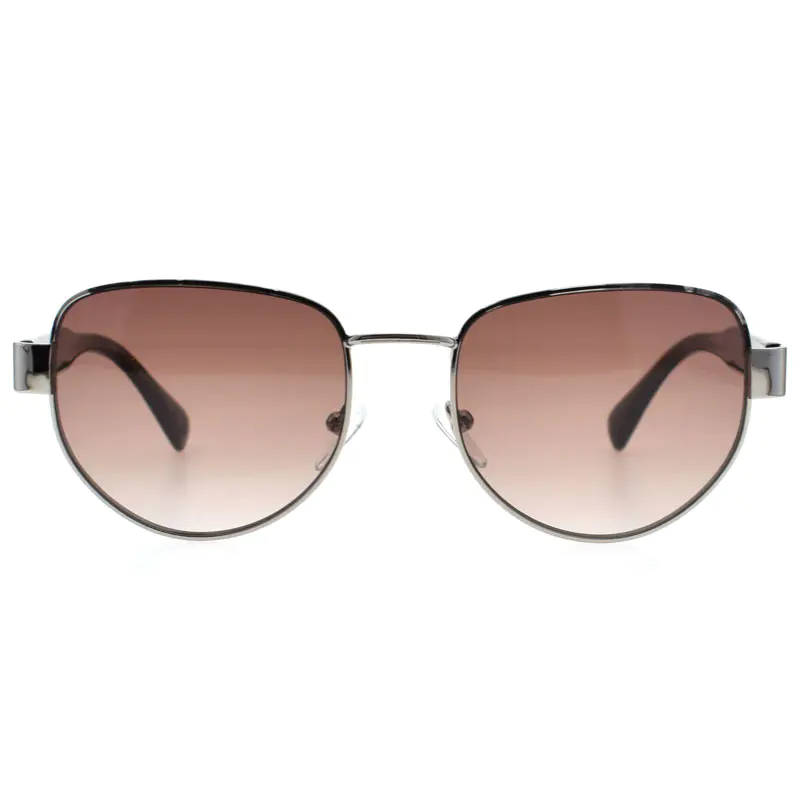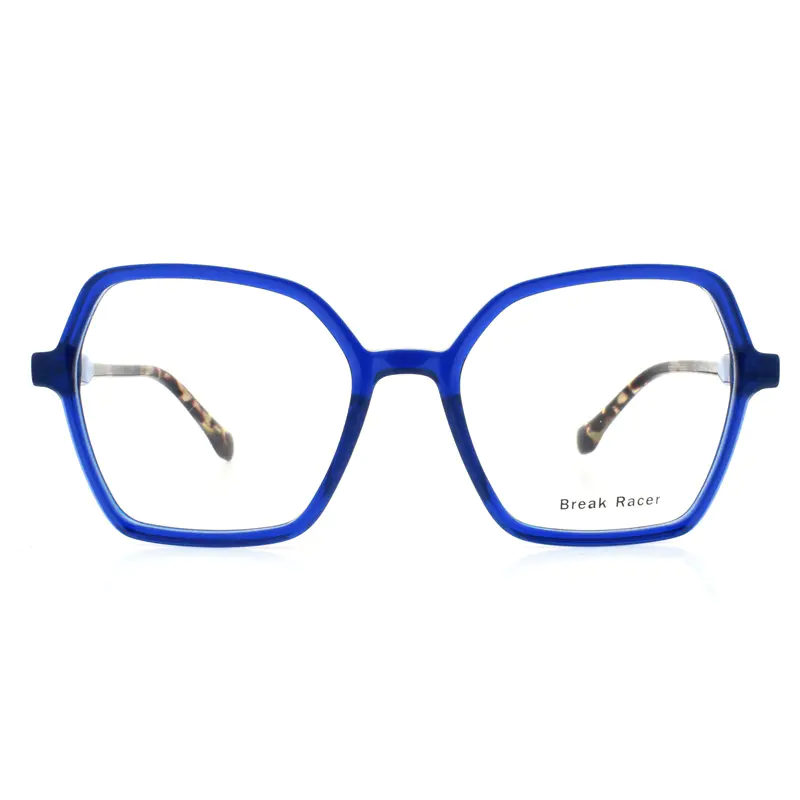What Makes Sports Sunglasses the Ultimate Choice for Outdoor Performance and Protection?
Sports sunglasses are specialized eyewear engineered to deliver superior visual clarity, eye protection, and comfort during outdoor sports and physical activities. Unlike regular fashion sunglasses, sports sunglasses are designed with precision optical lenses, impact-resistant materials, and ergonomic frames that adapt to the athlete’s motion and environmental conditions. Whether cycling, running, hiking, or engaging in water sports, sports sunglasses serve as an indispensable gear for maintaining visual accuracy, minimizing glare, and protecting the eyes from ultraviolet (UV) rays, dust, and wind.
The key objective of sports sunglasses is to enhance athletic performance while ensuring long-term eye health. Advanced lens technologies—such as polarized coatings, UV400 protection, and photochromic lenses—help athletes maintain focus and safety in varying light conditions. Additionally, modern sports sunglasses integrate lightweight frames, anti-slip nose pads, and aerodynamic contours to reduce drag and ensure a secure fit during high-speed movements.
Core Product Parameters of Sports Sunglasses
| Specification | Description |
|---|---|
| Lens Material | Polycarbonate or Trivex (impact-resistant, lightweight) |
| UV Protection | 100% UV400 protection (blocks UVA and UVB rays) |
| Lens Coating | Polarized, mirror, or anti-fog coating |
| Frame Material | Grilamid TR90 or carbon composite |
| Lens Color Options | Grey, brown, yellow, blue, green, or photochromic |
| Fit Type | Adjustable nose pads, flexible temples |
| Weight | 20–30 grams (lightweight design for sports use) |
| Application | Cycling, running, fishing, skiing, golf, hiking, and outdoor activities |
Sports sunglasses are more than just accessories—they are protective tools that improve visual comfort and clarity while preventing potential eye damage from ultraviolet exposure and glare. With advancements in materials and lens coatings, the modern generation of sports sunglasses offers a blend of performance, style, and safety that traditional eyewear cannot achieve.
Why Are Sports Sunglasses Crucial for Eye Safety and Performance Enhancement?
The primary purpose of sports sunglasses extends beyond aesthetics; they are a scientific innovation focused on enhancing human performance and safety in various environmental conditions. Outdoor athletes are constantly exposed to intense sunlight, UV radiation, wind, and dust—all of which can impair vision and cause long-term ocular damage. Sports sunglasses mitigate these risks by offering full-spectrum UV protection and reducing glare caused by reflective surfaces such as water, snow, or roads.
Key Benefits of Sports Sunglasses
-
UV Protection: Prolonged exposure to UV rays can lead to cataracts, macular degeneration, and other vision-related issues. Sports sunglasses equipped with UV400 lenses block harmful UVA and UVB rays, ensuring complete ocular protection.
-
Enhanced Visual Clarity: Polarized lenses eliminate glare, allowing athletes to see clearer contrasts and sharper details, especially on reflective surfaces.
-
Reduced Eye Fatigue: During long sports sessions, bright light and glare can strain the eyes. Sports sunglasses maintain optimal light balance, reducing squinting and fatigue.
-
Impact Resistance: The use of polycarbonate or Trivex lenses ensures that the eyewear can withstand impacts from debris or collisions, providing safety during high-intensity sports.
-
Comfortable Fit and Stability: Ergonomic frame designs, rubberized nose pads, and anti-slip temples keep the sunglasses securely in place even during dynamic motion.
-
All-Weather Adaptability: Photochromic lenses adjust automatically to changing light conditions, making them ideal for multi-environment use.
The integration of modern technology into lens manufacturing has elevated sports sunglasses from simple eye protection gear to precision optical instruments. Athletes can now enjoy better focus, enhanced color perception, and reduced glare, which contribute directly to improved reaction times and overall performance.
Moreover, health experts emphasize that continuous UV exposure can accelerate eye aging and even cause irreversible retinal damage. Sports sunglasses play a preventive role in maintaining healthy vision for outdoor enthusiasts, ensuring that every adventure remains safe and visually optimized.
How Are Modern Sports Sunglasses Evolving with Technology and Market Trends?
The global sports eyewear market is witnessing significant technological innovation. With the growing demand for lightweight, durable, and high-performance eyewear, manufacturers are integrating cutting-edge materials and smart lens technologies into their designs. Sports sunglasses are no longer confined to traditional styles; they now blend digital precision, sustainable materials, and ergonomic functionality.
Emerging Trends in Sports Sunglasses
-
Photochromic and Smart Lenses: Adaptive lenses automatically adjust their tint based on ambient light, providing optimal visibility from dawn to dusk.
-
Polarization Advancements: Next-generation polarized filters offer enhanced contrast and reduced color distortion, ideal for sports like skiing and fishing.
-
Sustainable Materials: Eco-friendly frame materials such as recycled TR90 and bio-based resins are gaining traction in the market.
-
Ventilation and Anti-Fog Designs: Frames are now equipped with micro-ventilation systems to prevent fogging, ensuring uninterrupted visibility during intense physical activity.
-
Customization and Fit Optimization: Adjustable temple arms and nose pads allow athletes to achieve personalized comfort and fit.
-
Integration with Sports Gear: Some models now incorporate compatibility with helmets or communication devices, especially for cycling and skiing professionals.
Market Outlook and Future Prospects
The sports sunglasses market is projected to expand significantly due to increasing awareness about eye safety, rising outdoor participation, and technological innovation. As lifestyle sports become more popular—ranging from trail running to paddleboarding—the demand for versatile eyewear that combines safety, style, and performance continues to grow.
Future innovations are expected to focus on hybrid lens technologies combining polarization, photochromic adaptation, and blue-light filtration. This convergence of protection and performance will redefine how athletes experience outdoor environments. As the line between fashion and function continues to blur, sports sunglasses will remain both a protective necessity and a style statement for modern consumers.
FAQs: What Are the Most Common Questions About Sports Sunglasses?
Q1: How do polarized sports sunglasses differ from regular tinted sunglasses?
A1: Polarized sports sunglasses feature a special chemical coating that filters light waves reflected off flat surfaces such as water, roads, or snow. This reduces glare and enhances visual clarity, especially in bright outdoor environments. Regular tinted sunglasses only reduce overall brightness but do not eliminate glare, which can cause eye strain and reduce contrast. Polarized lenses are, therefore, ideal for sports like fishing, driving, and skiing where glare is a major concern.
Q2: What type of lens color is best for different sports activities?
A2: Lens colors influence how much light reaches the eyes and how colors appear. For bright conditions, gray or brown lenses reduce brightness and maintain color accuracy. Yellow or amber lenses enhance contrast in low-light or foggy conditions, making them ideal for cycling or shooting sports. Blue or green lenses are often used for water sports to improve color balance and reduce eye strain. Choosing the right lens color based on environmental conditions enhances both performance and comfort.
Q3: How should sports sunglasses be maintained for long-term durability?
A3: To maintain performance and clarity, sports sunglasses should be cleaned regularly with a microfiber cloth and lens-safe cleaning solution. Avoid using paper towels or rough fabrics, which can scratch the lens. When not in use, store them in a protective hard case to prevent impact damage. Keeping them away from extreme temperatures and direct sunlight when stored will also extend their lifespan.
Q4: Are photochromic lenses suitable for all sports?
A4: Photochromic lenses are ideal for s/ports that involve varying light conditions, such as cycling or hiking. They automatically darken in bright sunlight and lighten in shade, ensuring consistent visual comfort. However, they may not react quickly enough for fast light transitions in some competitive sports, so polarized lenses might be preferred in those scenarios.
Why Choose HIVISION Sports Sunglasses?
Sports sunglasses play a critical role in protecting athletes’ eyes and improving performance under diverse outdoor conditions. Their combination of UV protection, glare reduction, impact resistance, and ergonomic design makes them indispensable for both professional athletes and recreational users. With continuous innovation and a growing emphasis on eye health, the evolution of sports sunglasses reflects the future of intelligent and sustainable eyewear design.
HIVISION stands at the forefront of this innovation, offering a wide range of high-quality sports sunglasses engineered for durability, comfort, and precision performance. Each pair embodies advanced optical technology, superior craftsmanship, and modern style—ensuring that every outdoor experience is both safe and visually optimized.
For product inquiries, specifications, or wholesale collaboration, Contact Us today to discover how HIVISION’s sports sunglasses can elevate outdoor performance and redefine visual comfort for every athlete and adventurer.
-
- What Makes Sunglasses the Ultimate Fusion of Style, Protection, and Innovation?
- Why Are Clip-On Glasses Becoming the Go-To Accessory for Prescription Wearers?
- Are Cat Eye Sunglasses Flattering on All Face Shapes
- What Metal Optical Frames Offer The Lightest Comfort
- Why Are Memory Titanium Eyeglasses Becoming the Smart Choice for Modern Wearers?
- Why Should We Choose Acetate Optical Frames for Modern Eyewear?


